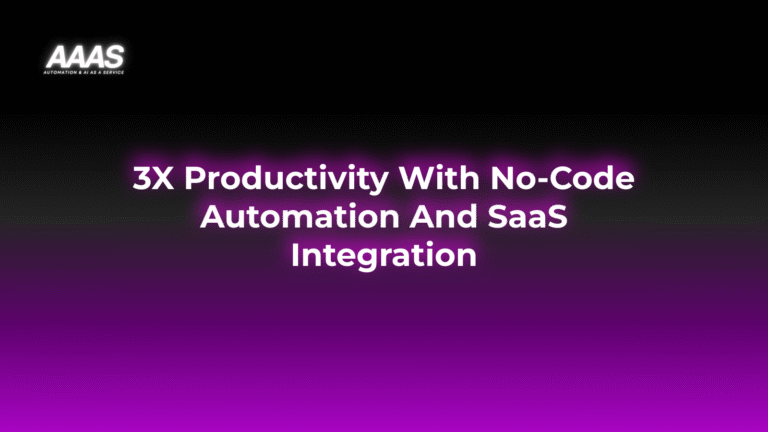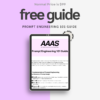Boost E-commerce Conversion Rates: AI-Optimized Sales Copy with ChatGPT
Market Problem: The Struggle for Conversion

E-commerce brands face fierce competition—yet the average global e-commerce conversion rate rarely exceeds 3%. Most product descriptions fall flat, failing to persuade or address buyer pain points. Manual copywriting can’t scale with large catalogs, and generic content fails to differentiate your storefront in a crowded marketplace.
Solution & Benefits: AI-Optimized Product Descriptions

- Scale and Speed: Generate thousands of unique, persuasive product listings at scale.
- SEO-Friendly: ChatGPT can be prompted for keyword inclusion, semantic relevance, and structure tailored for search engines.
- Conversion Optimization: Custom prompts engineer copy that speaks to buyer intent, urgency, and emotional triggers.
- Personalization: Adapt tone for different buyer personas, boosting engagement.
Result: Improved dwell time, lower bounce, and a measurable lift in sales conversion rates—backed by real-world case studies.
Real Use Cases of ChatGPT Sales Copy
- [InternalLink:shopify-ai-product-descriptions|Shopify Store Owners]: Auto-generate new product listings that match branded tone, integrating Shopify’s ChatGPT app.
- Amazon Sellers: A/B test ChatGPT-generated bullet points and listings for higher click-through.
- Direct-to-Consumer (DTC) Brands: Tailor copy for seasonal campaigns, offers, and bundles—at scale.
See more successful e-commerce AI use cases in our AI Ecommerce Strategies resource.
Technical Details: How ChatGPT Business Prompts Work
- Prompt Engineering: Prime ChatGPT with business-specific instructions (e.g., “Write a benefit-driven description for athletic shoes for women who run daily, emphasizing comfort and durability.”)
- Data Inputs: Provide product features, USPs, target customer profiles, SEO keywords, and competitor examples.
- Output Tuning: Adjust for tone, length, formatting (bullets, headings), and call-to-action strength.
- Bulk Export: Use tools like OpenAI API or Zapier integrations for automation.
Test descriptions with analytics. Refine prompts until conversion metrics improve.
Comparison: ChatGPT vs. Other Copywriting Options
| Option | Pros | Cons |
|---|---|---|
| ChatGPT Business Prompts | Fast, scalable, generates SEO/brand-optimized copy Customizable with prompt engineering |
Requires prompt learning curve May need human QA |
| Human Copywriters | Nuanced, creative, deep product knowledge | High cost per description Slow turnaround, bottlenecks at scale |
| Generic AI Writing Tools | Affordable, basic copy generation | Less optimized for conversions Minimal personalization |
Pricing Table: ChatGPT For Business Copy
| Product | Tier | Monthly Cost (USD) | Key Features |
|---|---|---|---|
| ChatGPT Plus | Pro | $20 | High-priority access, faster response, GPT-4 |
| OpenAI API | Pay-as-you-go | Variable | Bulk automations, custom usage, integration |
| Third-Party Ecommerce Plugins | Basic & Premium | $10–$49 | Storefront integrations, templates, analytics |
See detailed platform pricing here.
ROI-Focused Practical Examples
- Case: A direct-to-consumer store generated 400+ new product pages via ChatGPT, improving conversion rate from 2.4% to 3.8% and boosting monthly revenue by $16,000.
- Case: Amazon seller split-tested ChatGPT copy vs. previous human-written listings. CTR increased by 14%; conversion by 8%.
- Calculation: With average product margin of $20, a 1% rise in conversion over 10,000 visitors means +$2,000/month gross profit.
Step-By-Step Setup Tutorial
- Define Your Objectives: Are you seeking pure SEO, brand engagement, or conversion optimization?
- Gather Inputs: Collect product specs, features, buyer profiles, and current SEO terms.
- Craft Your Prompt: Example—
“Write an engaging, benefit-driven product description of about 100 words for a stainless steel water bottle, targeting eco-conscious millennials. Include the phrase ‘BPA-free hydration’ and a strong CTA.” - Feed to ChatGPT: Use the ChatGPT platform or third-party tool/plugin.
- Review & Edit: Check for factual accuracy, tone, and brand voice. Add human touch if needed.
- AB Test: Launch AI-generated and legacy content side-by-side. Monitor conversion metrics.
- Optimize Further: Adjust prompts and iterate based on analytics.
For automation, integrate with ecommerce platforms via API or plugins, as shown in Zapier’s e-commerce AI workflows.
Pros & Cons
- Pros:
- Rapid content scale—ideal for large catalogs
- Consistent SEO and branding
- Customizable to buyer intent
- Cost-effective vs. manual copywriting
- Cons:
- Occasional factual errors
- Requires QA for brand tone and inaccuracies
- Over-reliance can reduce creative uniqueness
Expert Tips for Maximum Conversion Uplift
- Use competitor analysis as context in your prompts for differentiation.
- Instruct ChatGPT to target emotions and pain points relevant to your buyer audience.
- Prompt for FAQs and objection-handling bullets to preempt purchase hesitation.
- Regularly refresh product copy to match seasonal trends and evolving SEO keywords.
- Layer AI with human review for best results.
FAQ
- Is AI-generated copy penalized by Google?
- No. As per Google’s guidelines, high-quality, value-driven content is rewarded, regardless of author.
- How do I prompt ChatGPT for different product categories?
- Customize prompts by specifying category context, target audience, unique features, and desired tone.
- Can ChatGPT plug directly into my Shopify or WooCommerce store?
- Yes—with plugins and integrations such as Shopify’s ChatGPT apps or third-party workflow tools and scripts.
- What’s the cost for AI copywriting at scale?
- Variable, but typically 10–50x cheaper per product than manual copy.
References & Citations
- Global Ecommerce Statistics – Shopify Research
- OpenAI API Pricing
- Google Search & AI-generated Content
- Zapier: Automating Ecommerce with ChatGPT
Last Updated
2025-07-02T09:01:33.159Z








